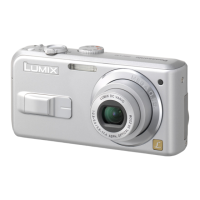
Do you have a question about the Panasonic Lumix DMC-LS2 and is the answer not in the manual?
| Type | Compact |
|---|---|
| Image Sensor | CCD |
| Optical Zoom | 3x |
| Digital Zoom | 4x |
| ISO Range | Auto, 80, 100, 200, 400 |
| Movie mode | Yes |
| Shutter Speed | 8 - 1/2000 sec |
| Storage Media | SD/MMC card |
| Image stabilization | No |
| Screen Size | 2.0 inches |
| LCD screen size | 2.0 inches |
| ISO Sensitivity | Auto, 80, 100, 200, 400 |
| Video Resolution | 320 x 240 |
| Battery | AA (2) batteries (NiMH recommended) |
Guidelines for handling and maintaining the camera body and components.
Information on handling the LCD screen and its characteristics.
Advice on handling the camera lens and preventing condensation.
Details on how to select and use different shooting modes via the dial.
Explains the meaning of icons and indicators related to camera modes.
Lists and describes the items included with the digital camera.
Identifies and labels all external parts of the camera.
An overview of basic camera operations for recording and playback.
Details on usable batteries, their performance, and proper handling.
Step-by-step instructions for inserting and removing batteries.
Instructions for inserting, removing, and using memory cards.
Guide to setting the camera's internal clock and date.
Overview of the camera's setup menu and its various options.
Basic steps to turn on the camera and capture images.
Simplified shooting mode for beginners with basic settings.
How to use optical, extended optical, and digital zoom for framing.
Steps for reviewing, playing back, and removing unwanted pictures.
Customizing the information displayed on the camera's LCD screen.
Using high angle mode for better visibility when shooting from above.
Guide to selecting and using various flash modes for optimal lighting.
Using the self-timer to capture photos with a delay for convenience.
Adjusting exposure for better results in challenging lighting conditions.
How the camera reduces blur from hand shake for sharper images.
Capturing a sequence of shots rapidly for action or sequences.
Tips and settings to extend battery life and conserve power.
Techniques for capturing detailed shots of nearby subjects.
Selecting preset modes optimized for specific shooting scenarios.
Detailed options for adjusting recording parameters like focus and quality.
Setting white balance for accurate color reproduction under various lighting.
Adjusting ISO sensitivity for optimal performance in different light conditions.
Choosing image resolution, quality, and aspect ratio for desired use.
Choosing the autofocus system for precise subject focusing.
Using slow shutter speeds to capture brighter images in low light.
Applying color filters and fine-tuning picture quality parameters.
Accessing functions for managing and editing recorded pictures.
Setting up automatic playback of pictures in a sequence.
Marking specific pictures for easy access or organization.
Automatically or manually rotating pictures for correct orientation.
Specifying print settings like date and number of copies for photo services.
Safeguarding pictures from accidental deletion.
Reducing image file size for email or web use.
Cropping images to focus on important parts.
Transferring picture files between built-in memory and memory cards.
Erasing all data from the camera's memory or a card.
Steps for transferring pictures to a computer via USB connection.
Connecting directly to a PictBridge-compatible printer for direct printing.
Connecting the camera to a TV to view photos and videos.
Explanation of icons and information displayed on the camera screen.
Important safety guidelines and precautions for proper camera usage.
Explanation of common confirmation and error messages displayed on the screen.
Solutions for common camera problems and malfunctions.
Tables showing recordable pictures and time based on settings.
Detailed technical specifications and features of the digital camera.
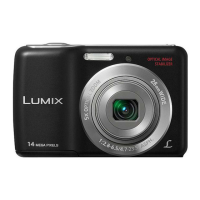

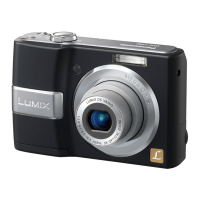
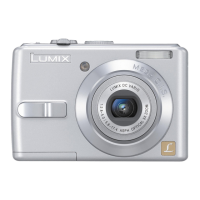
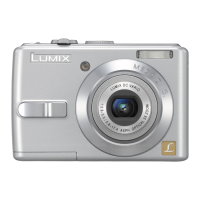

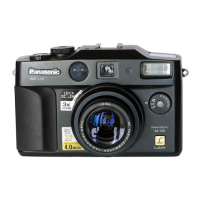
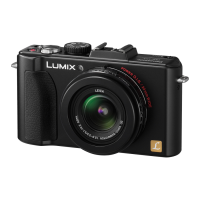

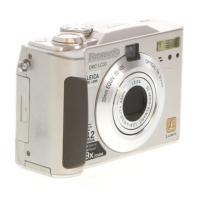
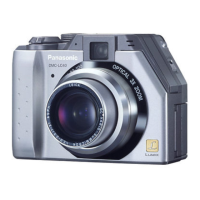
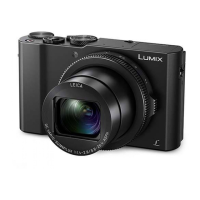
